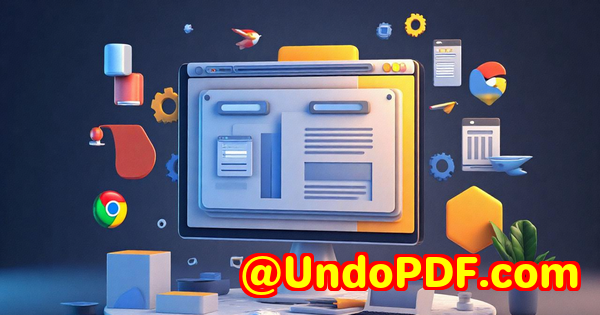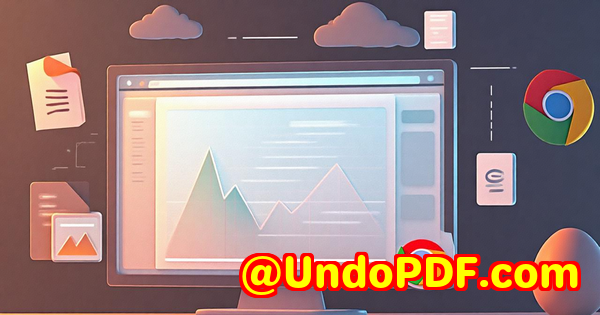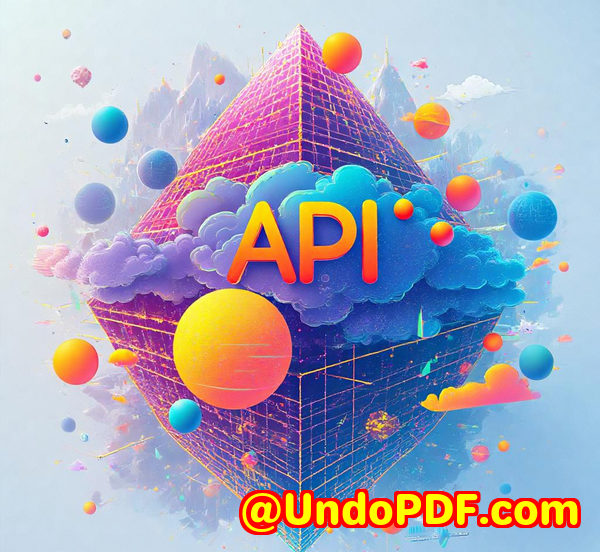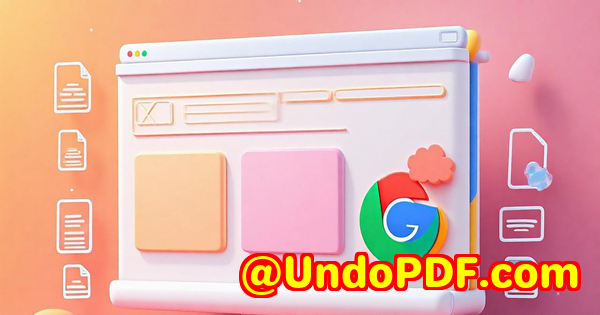How VeryUtils PHP Batch Email Sender Helps Marketing Teams Save Time with Batch Automation
How VeryUtils PHP Batch Email Sender Helps Marketing Teams Save Time with Batch Automation
Every marketer knows the pain.
You spend hours carefully writing campaigns, setting up the design, double-checking lists, and then you’re stuck.
Your email tool says you’ve hit the limit. Or worse, it costs you another monthly fee just to send the emails you already planned.
I’ve been there. I remember sitting in the office on a Monday morning, staring at a queue of 10,000 emails that needed to go out before lunch. My old system throttled me at 500 per hour. Do the mathsthat’s twenty hours for something that should have been done in one. That’s when I went looking for a better solution and discovered VeryUtils PHP Batch Email Sender.

Why I Switched to VeryUtils PHP Batch Email Sender
At first, I was sceptical.
Another bulk email tool? I’d tried them allMailchimp, SendGrid, even some obscure plugins that promised “unlimited sends.” They either cost a fortune or failed when I needed them most.
But this one was different.
The VeryUtils PHP Batch Email Sender is a script you install directly on your own system or hosting. No recurring monthly fees. No arbitrary limits. Just a straightforward way to push out thousands of emails, on your terms.
What sold me was the fact that it comes with full PHP source code. I could tweak it to fit exactly how my team works. No other provider gave me that kind of flexibility.
The Features That Changed Everything
Here’s what really stood out once I started using it:
1. Multiple SMTP Rotation
Sending thousands of emails through one server? That’s a guaranteed way to hit caps or get flagged.
With VeryUtils, the script automatically switches between multiple SMTP servers, cycling through them as it sends. That means I can use different accounts, balance the load, and avoid the dreaded “your sending limit has been reached” message.
For me, this was a lifesaver. On big campaigns, I set up three SMTPs. Emails went out smoothly without a single delay.
2. Zero Duplicate Headaches
Before this tool, I wasted so much time scrubbing email lists. Duplicates slipped through, and I’d get complaints from people receiving the same newsletter twice.
This script fixes that by storing everything in a sent file, automatically removing duplicates and blocked addresses. It’s one less thing for me to stress about, and it keeps my lists clean without me lifting a finger.
3. Command Line + Automation
This is where it feels like cheating.
Because the script supports command line execution, I just scheduled it with a cron job on my server. Now campaigns launch automaticallyeven if I’m not at my desk.
No clicking through dashboards. No manual uploads. Just pure automation.
4. Personalised & HTML-Ready Emails
One of the big reasons I stuck with bloated SaaS platforms before was their ability to handle templates and personalisation.
Guess what? VeryUtils handles that too. You can send plain text or HTML, and even personalise with dynamic fields pulled straight from your list.
5. Reliable Tracking
What’s the point of sending if you can’t measure?
The built-in email open tracking shows me who’s actually reading. Combine that with logs for every operation, and I’ve got transparency I never had before.
Who This Tool Is For
This isn’t just for big companies.
Here’s who will get the most value:
-
Marketing teams that want full control over campaigns without paying SaaS fees.
-
Small businesses who need to reach thousands of customers but can’t justify enterprise tools.
-
Developers who want to customise email sending for clients (remember, you get the source code).
-
Agencies running multiple campaigns across different brands, each with their own SMTP setup.
-
Event organisers who need to blast out reminders, confirmations, and follow-ups quickly.
When I set it up for my team, I realised we’d been overpaying for features we didn’t even use. With VeryUtils, we had just what we neededand none of the bloat.
Use Cases That Made My Life Easier
Let me give you real examples:
-
Weekly Newsletters: We run multiple niche sites. Instead of juggling four platforms, we now send all newsletters from the same script, rotating SMTPs.
-
Product Launches: We pushed out 25,000 emails in under two hours for a launch. Previously, that would’ve taken days.
-
Internal Announcements: Even inside the company, we use it to batch-send updates to staff without clogging up Outlook servers.
-
Customer Surveys: We built a simple HTML survey and sent it out using the script. Tracking responses was a breeze.
Why I Prefer It Over Other Tools
-
No subscriptions. Pay once, own it.
-
Works on any system: Windows, Mac, Linuxit doesn’t matter.
-
Customisable: I’m not stuck with someone else’s workflow. I can change the code.
-
Scalable: Whether it’s 500 or 50,000 emails, the process is the same.
-
Simple setup: Honestly, I had it running in under an hour.
Every other tool made me feel like I was just renting. With VeryUtils, I actually own the solution.
My Recommendation
If you’re tired of hitting email limits or burning cash on platforms that do too much and cost too much, this is your answer.
The VeryUtils PHP Batch Email Sender gave me back control, saved my team hours every week, and cut costs to almost nothing.
I’d highly recommend it to anyone who sends bulk emails regularly.
Whether you’re managing campaigns for clients, running newsletters, or just want more freedom over how you handle communicationthis tool works.
Try it here: https://veryutils.com/php-script-batch-send-emails
Custom Development Services by VeryUtils
Sometimes, out-of-the-box isn’t enough.
That’s where VeryUtils’s custom development team comes in.
They build tailored solutions for all kinds of platformsWindows, macOS, Linux, iOS, Android.
They’ve got deep experience in PDF processing, OCR, barcode tech, API monitoring, printer drivers, and document conversion.
If you need a system to automate document workflows, generate reports, or even intercept print jobs and save them as PDFs, they’ve done it.
On top of that, they handle digital signatures, DRM protection, image conversion, and cloud-based document services.
Their team isn’t just coding for one nichethey’ve got expertise across Python, PHP, C/C++, C#, .NET, and more.
If you’ve got a project in mind, you can reach out directly here: https://support.verypdf.com/
FAQ
1. Do I need advanced technical skills to use the PHP Batch Email Sender?
Not at all. If you can install basic PHP scripts, you’ll be fine. The documentation is clear, and once set up, it runs automatically.
2. How many emails can I send per day?
There’s no built-in cap. The limit depends on your SMTP servers. By rotating multiple servers, you can send thousands daily.
3. Can I use it with Gmail or G Suite?
Yes. It supports Gmail with SSL/TLS and even works with Google’s 2-Step Verification.
4. What happens if my sending process stops midway?
No worries. The script remembers progress. You can resume where you left off without sending duplicates.
5. Is email tracking included?
Yes. You can track opens, monitor logs, and get clear visibility into who’s engaging with your emails.
Tags / Keywords
-
VeryUtils PHP Batch Email Sender
-
batch email automation tool
-
bulk email sending software
-
PHP bulk email script
-
email marketing automation
The VeryUtils PHP Batch Email Sender isn’t just another toolit’s the one that finally gave me control over bulk campaigns without the headaches. And if you deal with email in volume, you’ll see the same.



